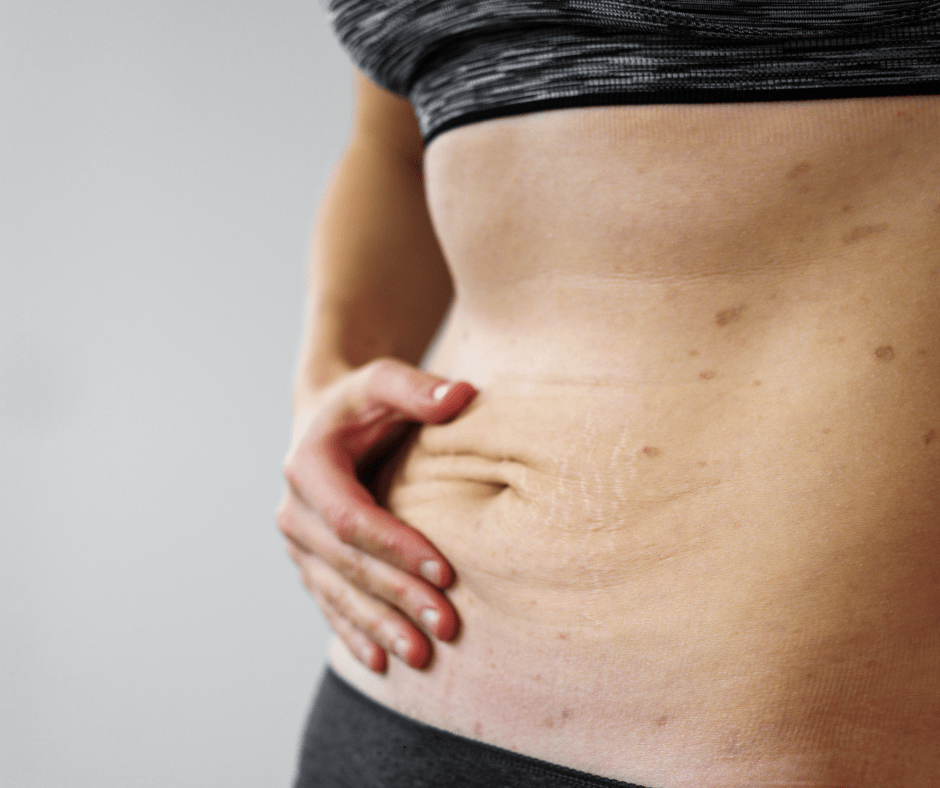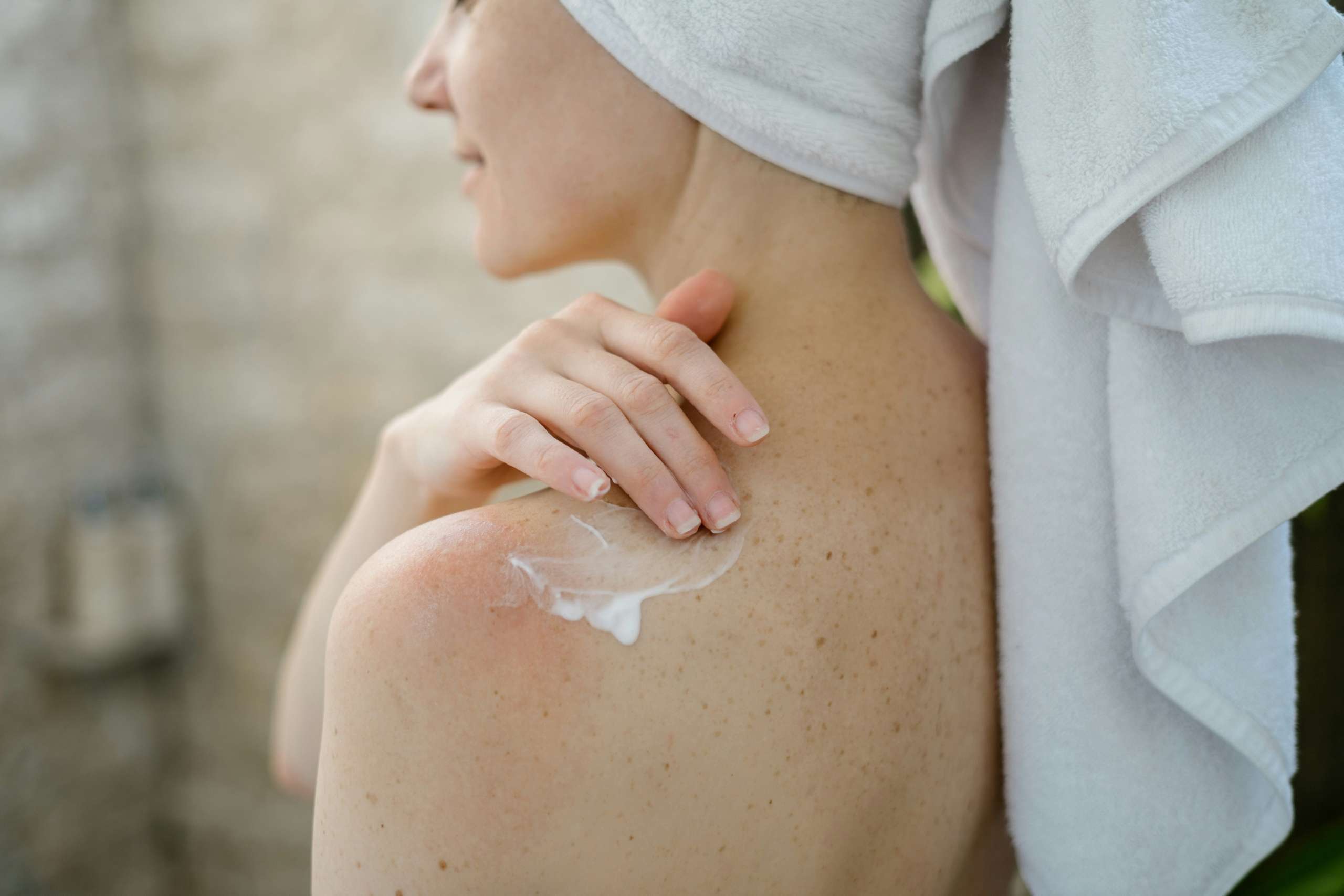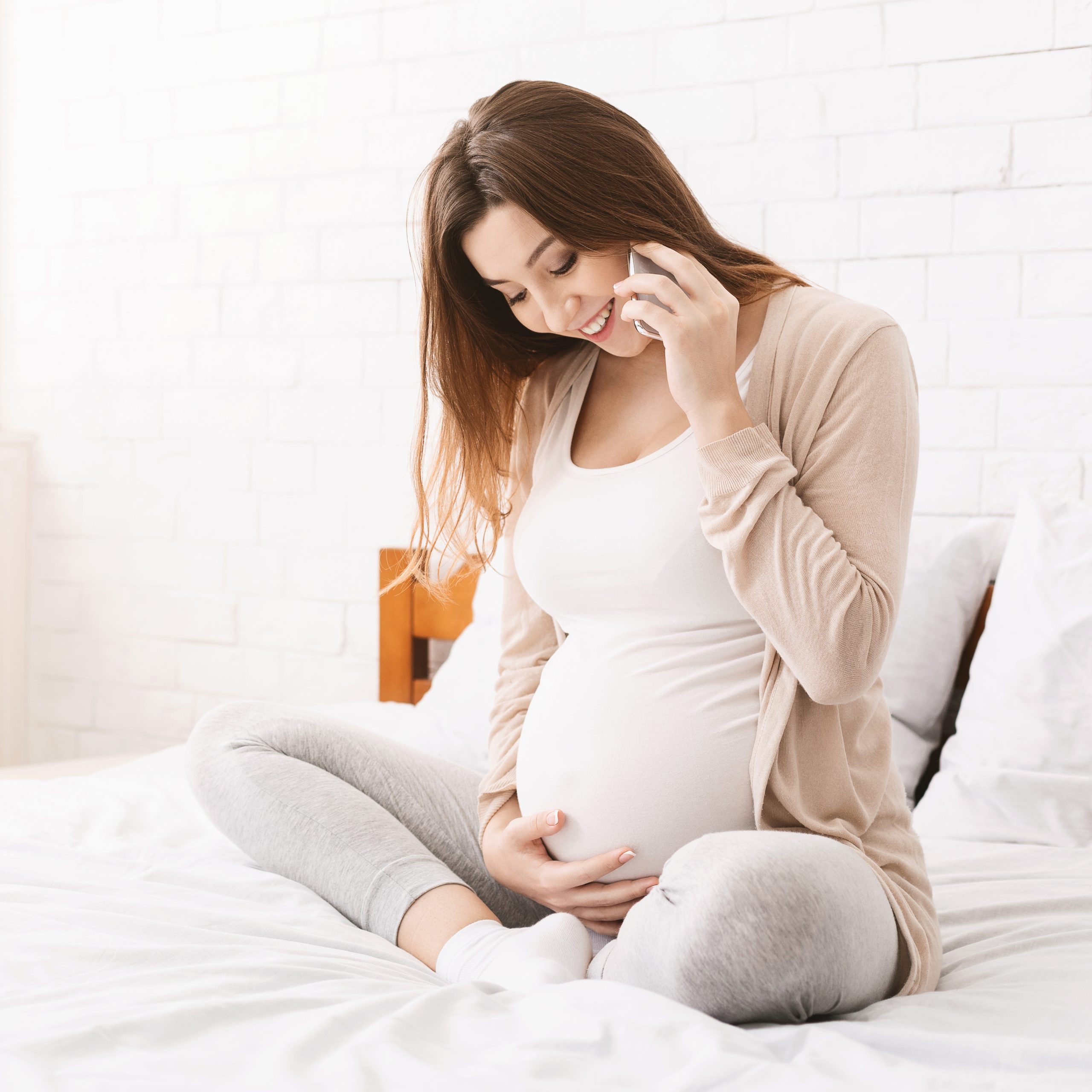Navigating health challenges is never easy, especially when they involve an intimate and often misunderstood condition like lichen sclerosus. For anyone dealing with this, it’s important to know you’re not alone and that you have options for relief. In this post, I’ll explain what lichen sclerosus is, how it manifests, and the treatments that can bring comfort and healing.
What is Lichen Sclerosus?
Lichen sclerosus is a chronic skin condition that typically affects the genital and anal areas, although it can occasionally appear on other parts of the body. It causes thin, white patches of skin that may feel fragile or even scarred over time. The exact cause of lichen sclerosus remains a bit of a mystery, but research suggests a mix of genetic, hormonal, and autoimmune factors could play a role. While anyone can develop lichen sclerosus, it’s more common in postmenopausal women. Its effects vary from person to person—sometimes it’s mild and manageable, and in other cases, it can be a source of significant discomfort or even pain. However, treatments are available to help manage symptoms, restore skin health, and prevent complications.
Recognizing the Signs and Symptoms
- Skin Appearance: White, slightly shiny patches of skin that often appear thin or wrinkled.
- Itching: Persistent itchiness, especially in the genital area, is one of the most common symptoms.
- Discomfort or Pain: There may be a sensation of burning, soreness, or even pain, particularly during sexual activity or urination.
- Fragile Skin: The affected skin may tear or bruise easily, leading to small cuts or fissures.
- Scarring: Over time, untreated lichen sclerosus may cause scarring, which can lead to structural changes.
If you notice these symptoms, it’s essential to contact a healthcare provider for evaluation. While it can feel intimidating to talk about them, early diagnosis can open the door to relief.

Photo by: Tatyana- Canva
Treatment Options: Finding Relief and Restoring Comfort
When it comes to treating lichen sclerosus, the goal is to manage symptoms, prevent worsening, and improve comfort. Here are the primary treatment options available:
- Topical Steroids: The frontline treatment for lichen sclerosus is usually high-potency corticosteroid creams or ointments. When applied to the affected areas, these steroids can reduce inflammation, relieve itching, and help the skin regain its normal appearance.
- Emollients and Moisturizers: Keeping the skin moisturized is essential. While emollients can’t reverse the condition, they can soothe the skin, reduce discomfort, and protect against dryness and irritation.
- Immunomodulators Creams: In cases where steroids aren’t effective or cause side effects, doctors may prescribe immune-modulating creams. These work by modifying the immune response in the skin, reducing inflammation without the need for steroids.
- Platelet-Rich Plasma (PRP) Therapy: While still being studied, PRP therapy is a promising approach that uses the body’s healing components to support tissue repair and symptom relief.
- Lifestyle Adjustments: Avoiding irritants, wearing loose clothing, and using mild, unscented soaps can help reduce skin irritation and prevent flare-ups.
An Encouraging Path Forward
If you or someone you care about has been diagnosed with lichen sclerosus, remember that relief is within reach. The treatments available today offer real hope, allowing many to manage symptoms effectively and live comfortably. Though lichen sclerosus is a chronic condition, understanding it and seeking timely care can make all the difference.
You deserve comfort, confidence, and compassionate care, and taking these steps toward treatment is a powerful act of self-care.
Blog Author: Dr. Jeff Livingston
Main Blog Photo By: Unsplash











